what is that
kisa401
9 years ago
Related Stories

KITCHEN OF THE WEEKKitchen of the Week: What’s Old Is New Again in Texas
A fresh update brings back a 1920s kitchen’s original cottage style
Full Story
GARDENING GUIDESWhat’s in a Name? See 6 Wildflowers That Aren’t ‘Weeds’ at All
Dispel the stereotypes of weeds and try these wildlife-supporting native wildflowers in your garden
Full Story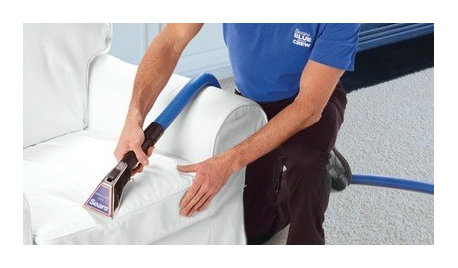
HOUSEKEEPINGWhat's That Smell? What to Do About Stinky Furniture
Learn how to diagnose and treat pet and other furniture odors — and when to call in a pro
Full Story
FURNITUREDesign Talk: What is a Settee?
See This Elegant Seating Solution in Dining Room, Office, Entry and Bedroom
Full Story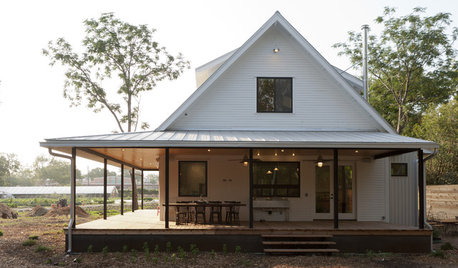
ARCHITECTUREWhat the Heck Is 'Good' Design Anyway?
We yearn for it and strive for it, but good home design isn't always easy to grasp. These 8 prescriptions from an architect can help
Full Story
THE ART OF ARCHITECTUREWhat Is Organic Architecture, Anyway?
Practitioners of organic architecture seek to connect houses more closely with their natural surroundings. Here's how they do it
Full Story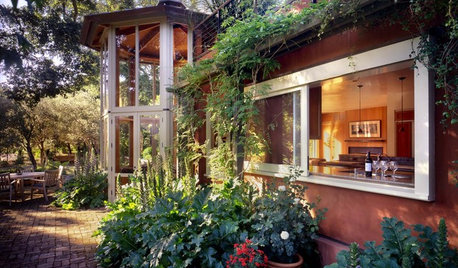
MOST POPULARWhat Is a Living Building?
Part philosophy, part advocacy, the Living Building Challenge is pushing designers and homeowners to rethink how we live
Full Story
GREEN BUILDINGThe Passive House: What It Is and Why You Should Care
If you don’t understand passive design, you could be throwing money out the window
Full Story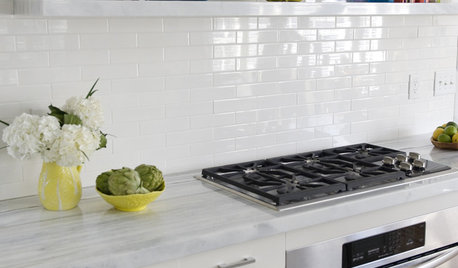
KITCHEN DESIGNWhat to Do if Your Kitchen Is Simply Too White for You
Does your all-white kitchen have you craving a little color? Here are some ways to introduce it
Full StoryMore Discussions









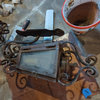
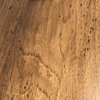

klem1
kisa401Original Author
Related Professionals
Hanover Township Kitchen & Bathroom Remodelers · Dover General Contractors · Milford General Contractors · Torrington General Contractors · Apopka Painters · Arnold Painters · Bergenfield Painters · Buckhall Painters · Costa Mesa Painters · Frederick Painters · Grayslake Painters · Lakewood Painters · The Woodlands Painters · West Valley City Painters · Wichita Painterssombreuil_mongrel
SparklingWater
kisa401Original Author